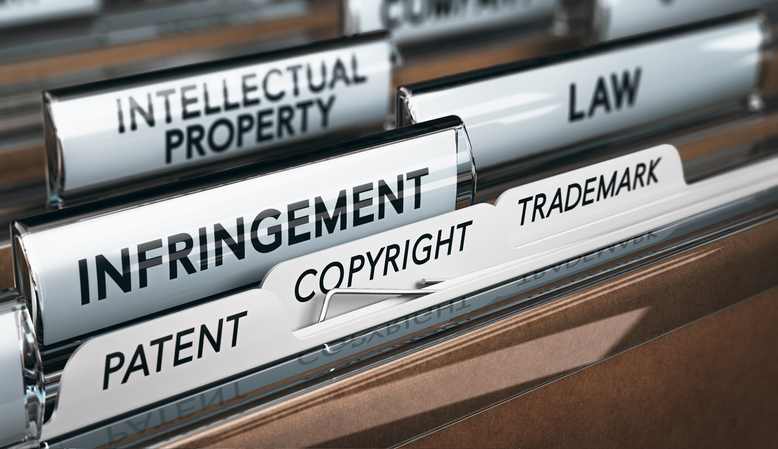Trade Mark Infringement
The time keeps running despite a warning letter following a trade mark infringement.
A warning letter by itself is not sufficient to stop the limitation period from running. This has been clarified by the European Court of Justice (ECJ) in a recent decision (HEITEC AG v HEITECH Promotion GmbH (Case C‑466/20) EU:C:2022:400). Instead, the proprietor of a trade mark needs to take further steps to protect its position.
Back in 2018 the High Court indicated that a proprietor who had sent letters before action but hadn’t actually issued trade mark proceedings had not acquiesced to the defendant’s use its trade mark (although in that case this had not been a central issue – otherwise the court might have referred the question to the ECJ): (W3 Ltd v Easygroup Ltd [2018] EWHC 7 (Ch) (12 January 2018)).
The ECJ has decided on preliminary issues between HEITEC AG (“AG”) on one side and HEITECH Promotion GmbH and RW (together “GmbH”) on the other relating to the use of GmbH’s trade name which contained the word “heitech”. AG became aware of GmbH’s application to register a trade mark, following which they sent a warning letter in 2009. AG sought to issue proceedings in 2012, but delays associated with orders to pay costs resulted in the proceedings being time-barred.
AG appealed the decision and the Higher Regional Court in Germany referred the case to the ECJ.
The ECJ applied a four step analysis to determine whether a trade mark has been infringed:
- Is the trade mark used in the course of trade?
- Is it used in relation to goods and services?
- Does the trade mark proprietor consent to the use?
- Does the use affects, or is it liable to affect, the functions of the trade mark?
If the conclusion from this process is that the trade mark has been infringed, are any of the various possible defences available? These include the following:
- The defendant is using its own name.
- The trade mark is used to indicate the intended purpose of the goods or services.
- Honest concurrent use.
Acquiescence, i.e. where the proprietor of an earlier trade mark knowingly acquiesces (or turns a blind eye) to the defendant’s use of the trade mark for a continuous period of five years. If this happens the trade mark owner losses the right to sue for infringement (section 48 of the Trade Mark Act 1994). A similar provision can be found in the EUTM Regulation.
The ECJ found that “an act, such as a warning letter, by which the proprietor of an earlier mark or other earlier right opposes the use of a later mark without taking the necessary steps to obtain a legally binding solution does not stop acquiescence and, consequently, does not interrupt the period of limitation.” A warning letter by itself is not sufficient to terminate acquiescence and therefore doesn’t interrupt the limitation period.
The ECJ stressed that the legislation tries to strike a balance between the trade mark owner’s interest in safeguarding its trade mark and “the interests of other economic operators in having signs capable of denoting their goods and services, on the other”.
The court also pointed out that there needs to be certainty for the defence of acquiescence to work properly. Following GmBH’s response to AG’s warning letter, AG should have taken the other measures available to it to enforce its rights. If sending repeated warning letters was sufficient to defeat the acquiescence defence this would undermine the limitation rules and therefore their effectiveness.
Protecting a trade mark from infringement is crucial, but this case highlights the dangers of taking minimal action and then thinking it is safe to sit back. Appropriate follow up action is needed to make sure that the trade mark, and the reputation associated with it, are properly protected.
If you are interested in registering trade mark or would like advice about how to protect it against possible infringement, please contact our Commercial & Technology team at [email protected]

